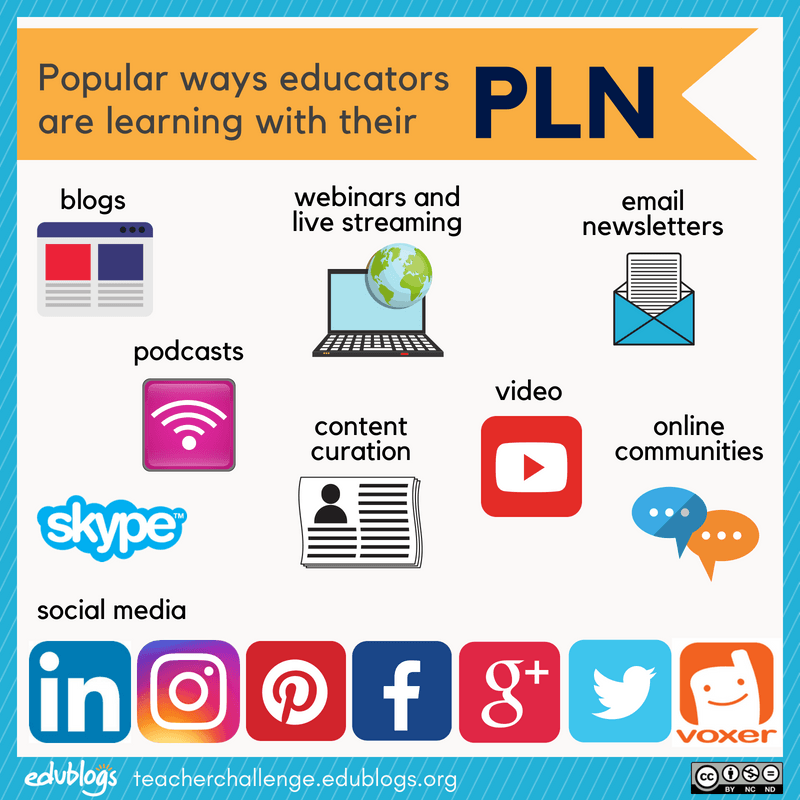
Community communications go beyond blogs and social media shares, how does a PLN help and hinder the development of thoughts and ideas in education discourse?
PLN contributes to the development of ideas and concepts in discourse by building a network of communities from around the world. While providing a forum for discussion and debate among different stakeholders to help develop ideas and ideas in educational discourse, PLN hinders the development of ideas and concepts in educational discourse by creating echo chambers where only certain voices can be heard. While the lack of diversity in discourse and the narrower range of viewpoints represented have led to extreme or hateful Internet resources. However, in a continuously developing PLN environment, the community will be more inclusive and friendly.
How do educators create discourse?
Educators are professionally trained so they have better ways to educate students. Educators use discourse to create opportunities for students to share their ideas and develop their study skills. Educators provide students with different syllabuses based on their learning experience and knowledge. Diversity in learning can provide better learning outcomes. Additionally, social media can be used for education in a number of ways. It can be used as a research tool (searching for necessary materials), communication between teachers and students, and a tool for sharing resources and ideas.
What is the role of social media in education?
The use of social media in education can help make education more accessible by helping students, teachers and parents get more useful information, connect with study groups and other education systems.Social networking tools offer students and institutions multiple opportunities to improve their learning methods. Through these networks, you can integrate social media plugins that support sharing and interaction. Valuable knowledge such as analysis and insights on various topics or issues can be obtained through social media for use in learning.
What are some problems with social media communications in education settings?
Cyberbullying or other online conflict. Rapid and widespread spread of crisis-related rumours or other false information. Trigger a crisis, increase perceptions of threat and fear, or create the potential for crisis contagion. The potential for overuse or as a consistent substitute for face-to-face socialization may contribute to social media depression. Time consuming for educators, parents, and other caregivers to learn and monitor.
Which social media platforms are beneficial in education?
There are plenty of authentic social media on the app store and the internet, neither good nor bad. Students should follow their own preferences. For example: social media platforms such as Google, Microsoft, Adobe, Zoom, Brightspace and Apple.
When working with the vulnerable sector, how does social media fit into professionalism and regulations?
Social media should pay attention to the special needs of vulnerable groups. The platform should provide more humanized services for special groups. Social media should demonstrate equality and diversity, and should not spread words that are harmful to others. Regulate the network environment to protect the rights of others.
hi,Ruining.I love your pictures, both inclusive and interesting. I very much agree with your idea that the protection of vulnerable groups cannot be ignored in the rapid development of online media socialization and community learning. This is a very important matter.